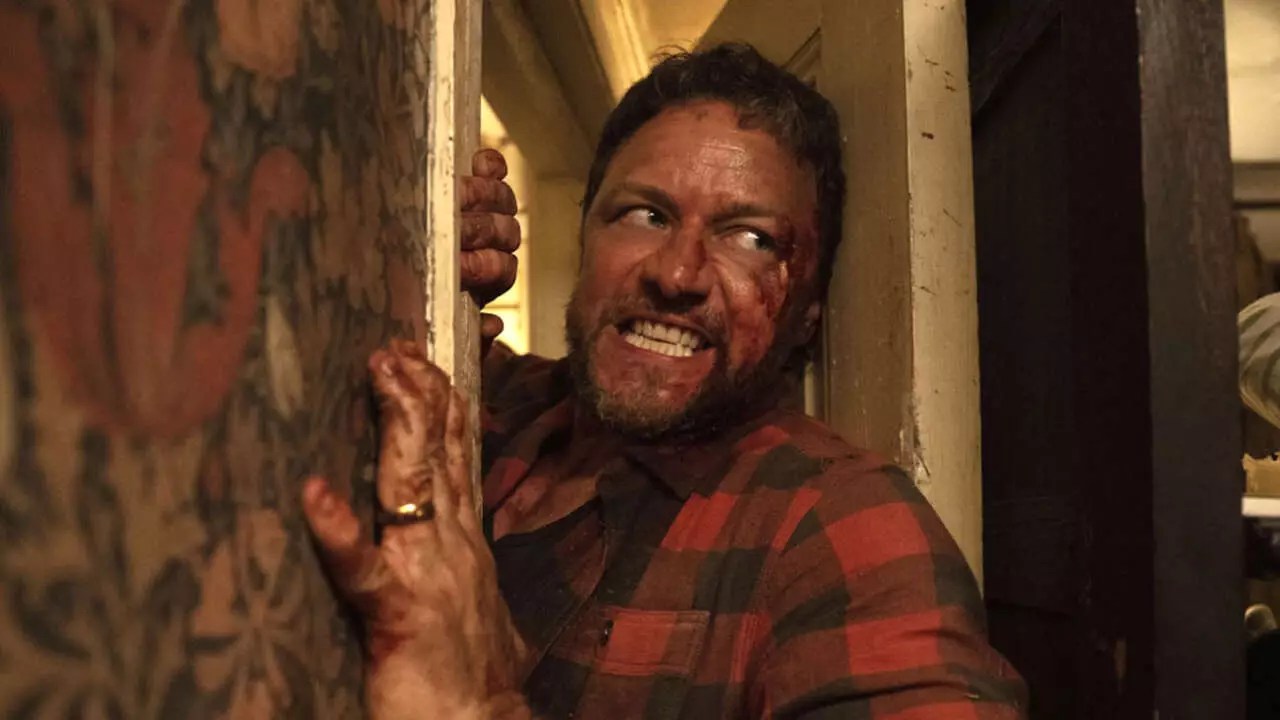The world of cinema often acts as a mirror reflecting the values and expectations of the cultures from which it originates. This is particularly evident in recent discussions surrounding the American remake of the Danish horror film, Speak No Evil. Despite a relatively modest box office opening that brought it perilously close to recouping its modest budget, the film has sparked significant debate, particularly with respect to its thematic divergence from the original narrative articulated by Danish filmmaker Christian Tafdrup.
Tafdrup’s original portrayal of human morality and the darker shades of human behavior are evident in Speak No Evil. Released in 2022, the film concludes on a notably grim note, showcasing the stark realities of human nature without the comforting resolutions that audiences often expect from mainstream cinema. In contrast, the American adaptation diverges significantly, offering a resolution that aligns more closely with the traditionally ‘heroic’ narrative favored in U.S. storytelling. Tafdrup’s criticism of the remake’s concluding optimism raises an important question: how much do cultural expectations shape film narratives?
During his candid discussion on a Danish radio show, Tafdrup expressed his dissatisfaction with the remake’s “happy ending.” He highlighted a common narrative thread embedded in American filmmaking, where protagonists typically triumph over adversity, and chaos is restored. This narrative tradition lends itself to a storytelling fabric that, while satisfying, often lacks the emotional depth and existential pondering that define the original film.
From a commercial standpoint, the American version seems to have struck a chord with audiences, grossing about $24 million globally—significantly higher than the original’s paltry $631,249. This raises an interesting paradox: while the original film captivates a niche audience drawn to psychological horror and authentic artistic expression, the remake successfully caters to a wider demographic craving thrilling yet palatable experiences. It becomes evident that the marketability of a film often dictates the direction its narrative will take, complicating the relationship between artistic intent and commercial viability.
Moreover, director James Watkins’ ability to navigate this dichotomy illustrates the complexities involved in cinematic storytelling. By adjusting the themes and conclusions of the story, Watkins has made the film accessible while still attempting to maintain its original essence. However, Tafdrup’s pointed remarks underscore the lost opportunity to engage audiences in a discussion about the moral ambiguities that he so effectively portrayed.
The exchange between Tafdrup and the creators of the remake exemplifies the ongoing dialogue within the global film industry about authenticity versus accessibility. As filmmakers navigate these treacherous waters, they must balance cultural storytelling techniques with the expectations of diverse audiences. The stark contrast between the two versions of Speak No Evil invites viewers to reconsider their own preferences: do they seek narratives that challenge their moral compass, or do they find comfort in predicable resolutions?
As Speak No Evil continues to play in theaters, audiences are left to ponder the significance of such adaptations. The divergent paths in storytelling illuminate cultural narratives that shape not just films but the very essence of societal values. Whether one prefers a cold, hard look at humanity’s complexities or a reassuring tale of triumph over evil, both productions reflect the rich tapestry of interpretations that cinema can offer.


Leave a Reply